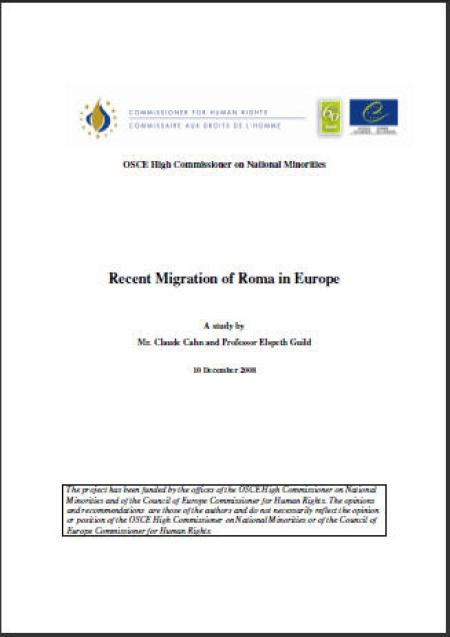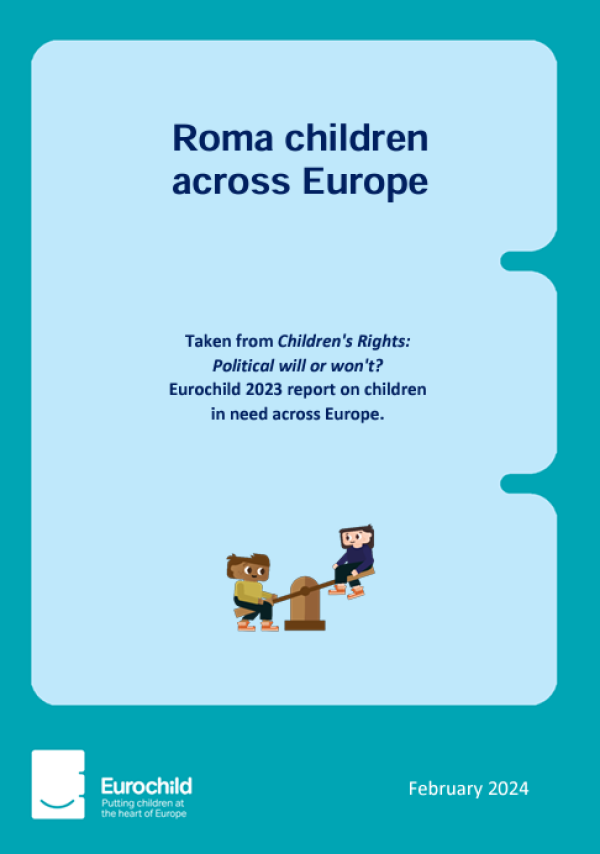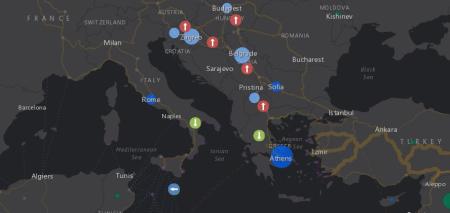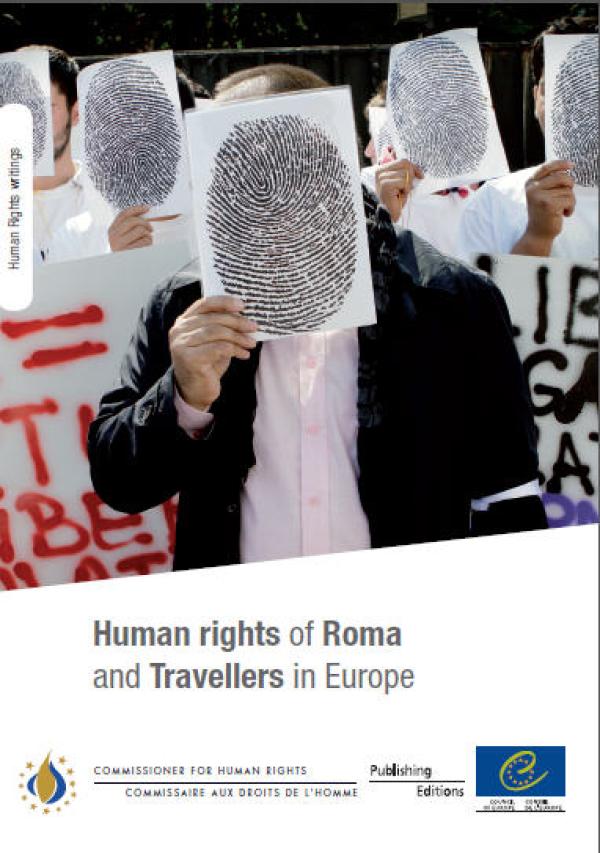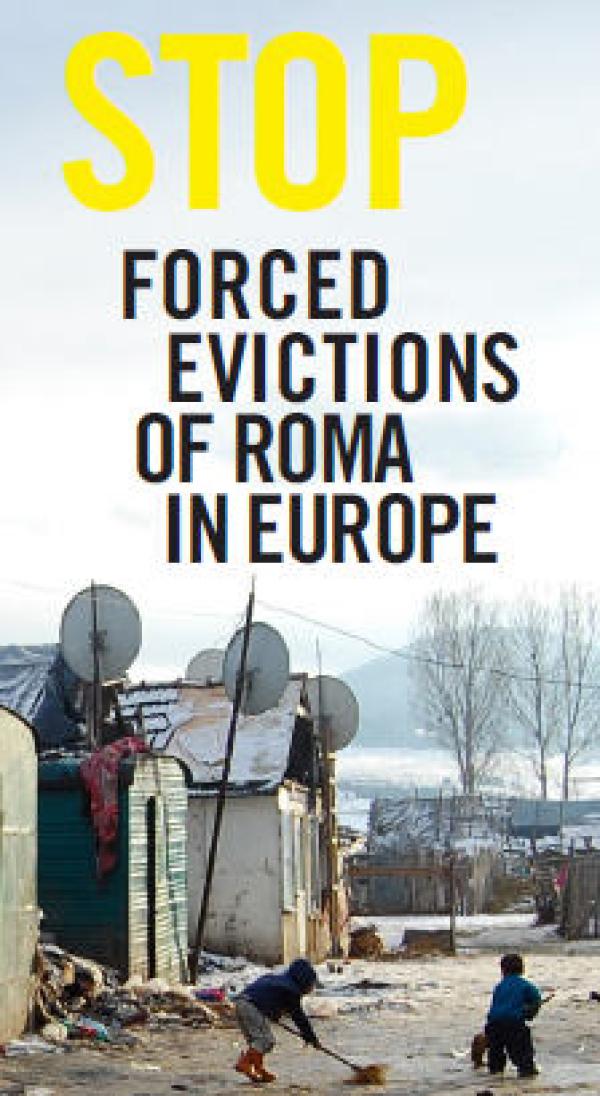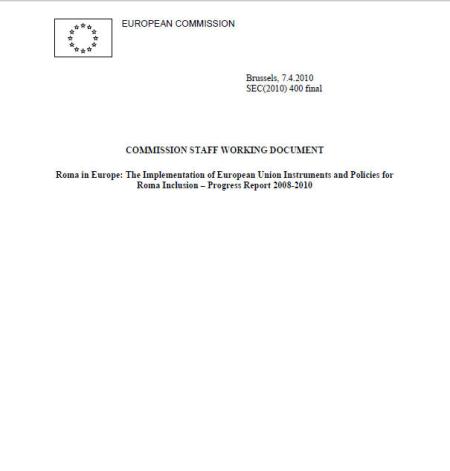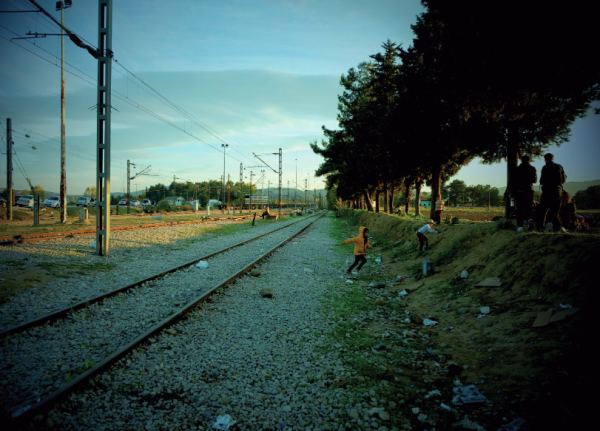
Heightened attention paid by policymakers, the media and the public at large to issues concerning Romani migration in Europe has brought these matters to the international level. It is evident that policy- and law-makers have often not been in a position to respond appropriately to the wide range of apparent challenges in this area. Some have experienced difficulties coping with the sudden arrival of groups of Roma1. In other areas, it has been necessary to face and calm inflamed public anger – sometimes stoked by inflammatory media reports – surrounding Romani migration issues. Ignorance frequently prevails at local level surrounding the legal requirements arising as a result of states’ commitments in the European Union and/or the Council of Europe. This study has been commissioned by the OSCE High Commissioner on National Minorities and the Council of Europe Commissioner for Human Rights in order to work toward clarification of some of these issues. This study is organized as follows. First section provides a brief summary of the historical context of the stigma attached to Roma and others regarded as “Gypsies”, particularly in a migration context. The substantive part of the study is then divided into two parts: Part I looks at (i) the right to cross borders in Europe; (ii) protection of residence and limitations on expulsion; (iii) documents and citizenship issues, particularly as they arise in a cross-border context; and (iv) surveillance of Romani migrants, right to privacy and ethnic profiling of Romani migrants. These distinct areas are each divided into a section summarizing the relevant European law and policy framework, and a section presenting an overview of states’ practices in these areas. The relationship between the ban on racial discrimination, on the one hand, and the law of the border, on the other, is treated in a subsection of section (i). Part II of the study looks at access by Roma to four key service sectors –education, employment, health care and housing – and examines the interaction between problems of exclusion, on the one hand, and factors influencing migration or expulsion, on the other. These four sectoral areas have been selected first of all because they are repeatedly identified as key for durable Roma inclusion, and also because they are areas explicitly covered by the EU law ban on racial discrimination, as provided in Directive 43/2000. The study concludes with recommendations for action.


